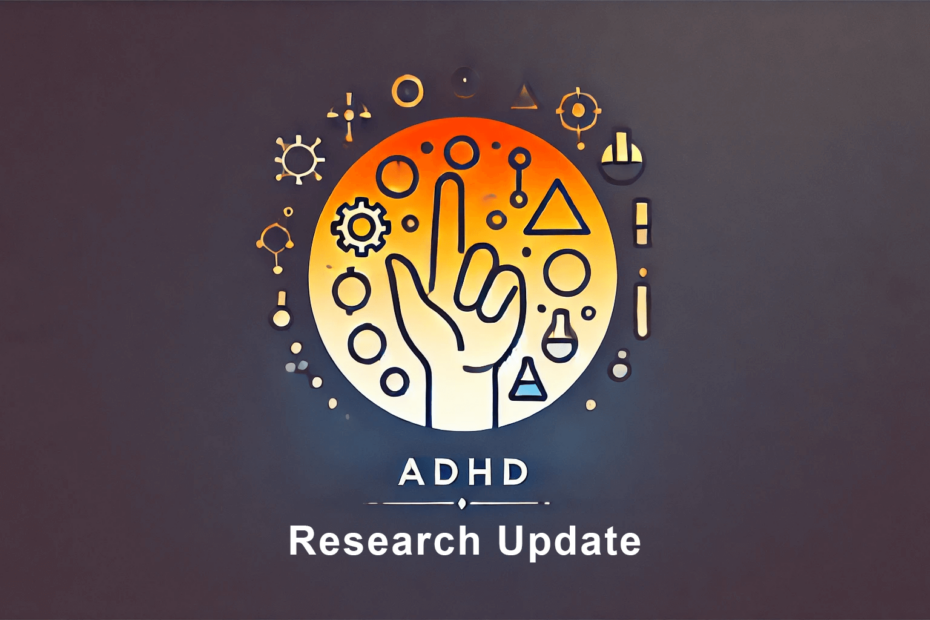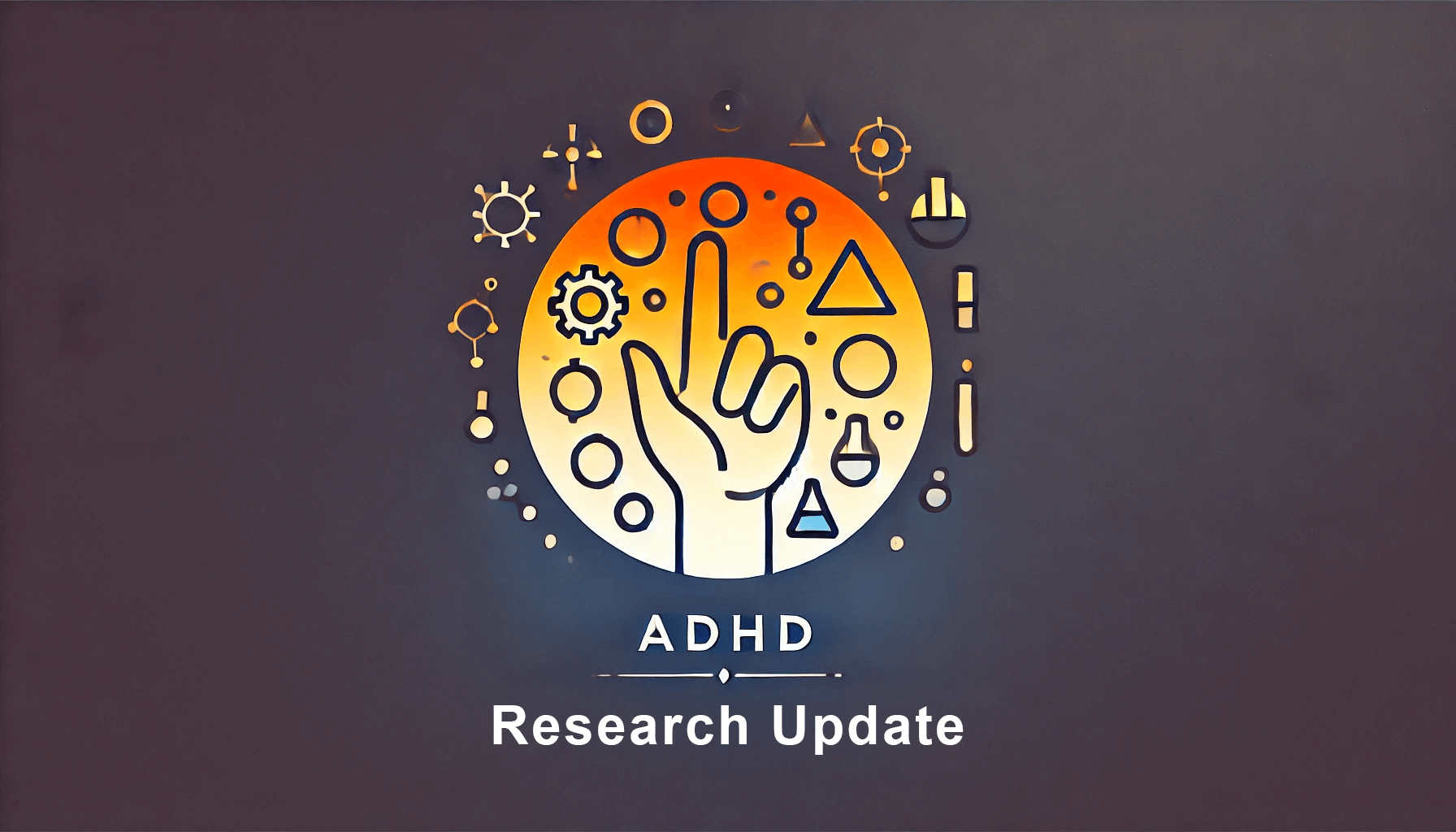In July 2024, several research studies related to Attention-Deficit/Hyperactivity Disorder (ADHD) were published from Saudi Arabia, contributing valuable insights into the understanding and management of ADHD. This blog post highlights these recent developments, grouped by related themes, including pharmacological studies, quality of life assessments, and educational interventions.
Pharmacological Advances
A pioneering study by Almalki et al. developed a fluorescence probe for the spectrofluorimetric determination of viloxazine hydrochloride, a non-stimulant medication approved for ADHD treatment. The study introduced a method using NBD-Cl as a fluorescent probe to measure viloxazine in pharmaceutical forms and rat plasma. This approach, validated by ICH criteria, demonstrated high sensitivity and eco-friendliness. The pharmacokinetic study revealed a mean peak plasma concentration of 1721 ng/ml within 1.5 hours after administration, underscoring the method’s potential for precise drug monitoring and environmental sustainability.
Alosaimi et al. developed an eco-friendly fluorescent nano-sensing probe for the analysis of atomoxetine, a psychostimulant used in ADHD treatment, particularly in individuals with autism. The study synthesized carbon quantum dots (CQDs) from black-eyed pea beans, enhancing their selectivity for atomoxetine through functionalization. The method demonstrated excellent linearity and was successfully applied in clinical pharmacokinetic studies, indicating rapid absorption and a short half-life for atomoxetine. The method’s environmental impact was assessed positively using GAPI and AGREE metrics.
Read the article: Development of a fluorescent nano-sensing probe for atomoxetine analysis: Additional clinical pharmacokinetic study
Quality of Life Assessments
A cross-sectional study by Jareebi et al. explored the quality of life (QoL) among Saudi parents of children with ADHD in Jazan. The study used online questionnaires to gather data, revealing that 18% of participants identified their children with ADHD. Gender differences significantly influenced QoL, with parents of children exhibiting oppositional defiant symptoms experiencing lower QoL. The study emphasizes the need for culturally tailored psychosocial interventions to enhance parental coping and overall family well-being.
Read the article: Quality of Life Among Saudi Parents of Children With Attention-Deficit/Hyperactivity Disorder: A Cross-Sectional Study
Educational Interventions
Alothman et al. investigated the effectiveness of a social-play-based intervention programme in reducing ADHD symptoms among Saudi elementary school children. The study involved 67 boys aged 8–10, with the experimental group participating in play-based activities. The results indicated significant reductions in ADHD-related behavioural problems, maintained at a 2-month follow-up. The study recommends integrating social-play-based activities into school curriculums to improve academic performance and social interactions.
Read the article: Examining the effectiveness of a social-play-based programme to reduce symptoms of Attention-Deficit/Hyperactivity Disorder in Saudi elementary school children
A study by Mohamed et al. examined English as a Foreign Language Special Education (EFLSE) teachers’ perspectives on game-based learning for ADHD students. The study found that game-based learning was seen as feasible and beneficial for maintaining attention and improving problem-solving skills among ADHD students. However, challenges in implementation and the need for individualized approaches were highlighted. The findings support the development of game-based interventions to enhance educational outcomes for ADHD students.
Read the article: EFL Special Education Teachers’ Perspectives: Evaluating Game-Based Learning for ADHD Behavioral Disorders
References
- Almalki, A.H., Alnemari, R.M., Abduljabbar, M.H., & Abdelazim, A.H. (2024). Development of fluorescence probe for spectrofluorimetric determination of viloxazine hydrochloride in pharmaceutical form and rat plasma; additional pharmacokinetic study. Luminescence, 39(7), doi: 10.1002/bio.4812
- Alosaimi, M.E., Abduljabbar, M.H., Alzhrani, R.M., Saeed, S., Ramzy, S., & Almalki, A.H. (2024). Development of a fluorescent nano-sensing probe for atomoxetine analysis: Additional clinical pharmacokinetic study. Spectrochimica Acta Part A: Molecular and Biomolecular Spectroscopy, 322, 124793, doi: 10.1016/j.saa.2024.124793
- Jareebi, M.A., Alqassim, A.Y., Gosadi, I.M., Zaala, M., Manni, R., Zogel, T., Robidiy, E., Qarn, F., Moharaq, S., Alharbi, W., Alhobani, A., & Mohrag, M. (2024). Quality of Life Among Saudi Parents of Children With Attention-Deficit/Hyperactivity Disorder: A Cross-Sectional Study. Cureus, 16(7), e63911, doi: 10.7759/cureus.63911
- Alothman, A.A., Gadelrab, H.F., Ebrahim, M.T., & Abo-Eid, N.F. (2024). Examining the effectiveness of a social-play-based programme to reduce symptoms of Attention-Deficit/Hyperactivity Disorder in Saudi elementary school children. Research in Developmental Disabilities, 152, 104798, doi: 10.1016/j.ridd.2024.104798
- Mohamed, A.M., Shaaban, T.S., & Jmaiel, H.A. (2024). EFL Special Education Teachers’ Perspectives: Evaluating Game-Based Learning for ADHD Behavioral Disorders. J Atten Disord, doi: 10.1177/10870547241265877

